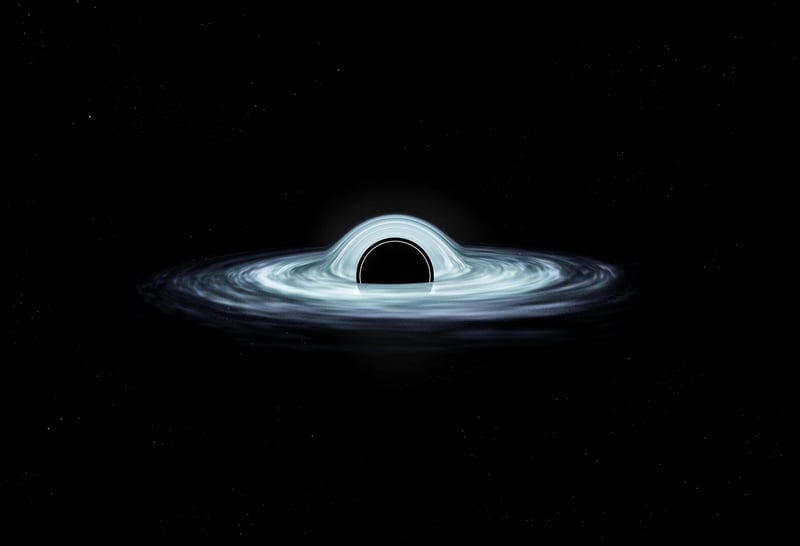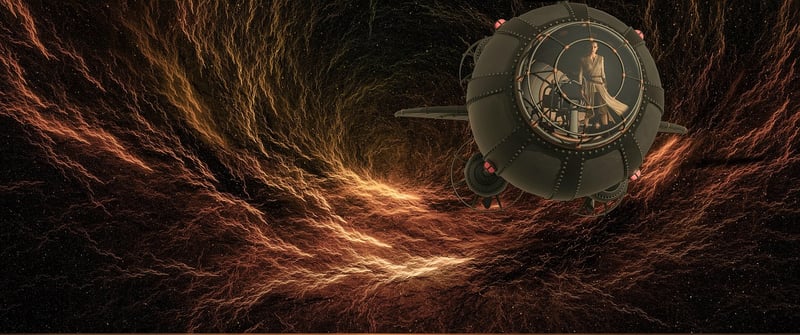Wormholes
Exploring Time Travel: Methods and Wormholes
Time travel has long been a fascinating concept in science fiction, but is it really possible? Scientists and theorists have proposed various methods that could potentially allow us to travel through time. One of the most intriguing ideas is the concept of wormholes.
Methods of Time Travel:
1. Time Dilation:
Einstein's theory of relativity suggests that time can be dilated or contracted depending on the speed of an object. Traveling at speeds close to the speed of light could theoretically allow someone to experience time differently from those at rest.
2. Tipler Cylinder:
The Tipler Cylinder is a hypothetical solution to Einstein's field equations in general relativity. It involves a massive, rotating cylinder that could allow for time travel into the past through the twisting of spacetime around it.
3. Cosmic Strings:
Cosmic strings are theoretical, one-dimensional objects that could have formed in the early universe. These strings could create gravitational fields capable of bending spacetime in a way that might make time travel possible.
Wormholes:
Wormholes, also known as Einstein-Rosen bridges, are theoretical passages through spacetime that could create shortcuts for long journeys across the universe. These tunnels could potentially connect two distant points in space and time.
While wormholes remain a popular concept in science fiction, their existence in reality is purely theoretical. The extreme conditions required for stabilizing a wormhole, such as exotic matter with negative energy density, make them highly speculative.
Despite the challenges and mysteries surrounding time travel and wormholes, they continue to capture the imagination of scientists and enthusiasts alike. The quest to unlock the secrets of the universe and explore the possibilities of time remains an intriguing journey.

Whether time travel will ever become a reality or remain confined to the realms of fiction is a question that continues to intrigue and inspire generations to come.
